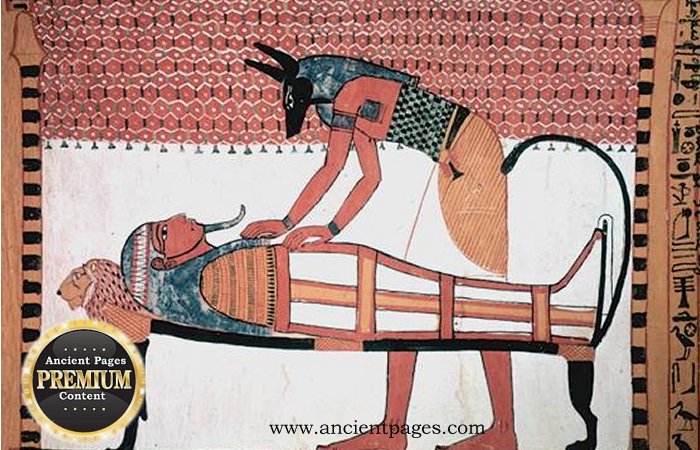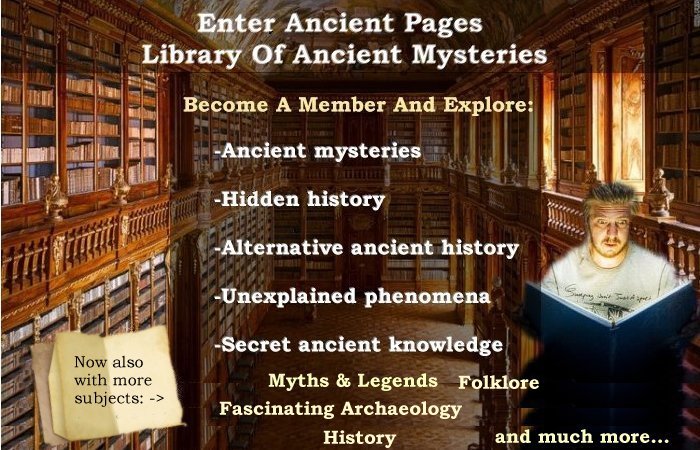Death And Afterlife In Ancient Egyptian Beliefs – Death As Transition To Another Reality
A. Sutherland - AncientPages.com - Throughout history, the ancient Egyptians believed in life after death and that Osiris, the god of the afterlife, the underworld, and the dead, would judge you.
Preparing the dead bodies for eternal existence in joy and happiness was important.
Numerous tombs of various styles and dates containing carefully prepared bodies and a variety of funerary goods reveal an ancient Egyptian belief in the afterlife, which was not the end of life but only a transition to another reality.
For many Egyptians, eternal life consisted of traveling with the sun during the day and returning in the evening. To make this possible, embalming, mummification, building tombs, and performing other rituals were essential to helping the deceased experience eternal peace.
They also strongly believed in good and evil, so they needed to do well during their earthly stay. Good deeds included paying homage to the gods during and after their earthly lives.
The deeds were later evaluated, and the soul stood before the gods, who decided the fate of the dead.
This is a preview of our premium article available only to members of Ancient Pages.
Become a member to read more - Click here
If you are already a member and have logged into your account, you can access the article here
See also:
Aaru – Field Of Reeds: Kingdom Of Osiris Was The Ancient Egyptian Paradise
Mysterious Wise Pre-Flood Beings Who Gave Humans A Precious Gift – Did We Reject It?
Secrets Of Hermes Trismegistus Who Brought Divine Wisdom To Mankind
More From Ancient Pages Library Of Ancient And Unexplained Mysteries
More From Ancient Pages
-
 Courageous Elizabeth Freeman – First African American Slave Who Filed A Freedom Suit
Featured Stories | Oct 24, 2018
Courageous Elizabeth Freeman – First African American Slave Who Filed A Freedom Suit
Featured Stories | Oct 24, 2018 -
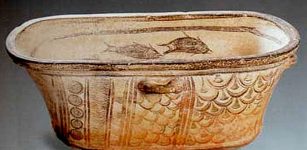 Was Hygiene Important For Our Ancestors?
Featured Stories | Feb 11, 2017
Was Hygiene Important For Our Ancestors?
Featured Stories | Feb 11, 2017 -
 Evolution Of Tree Roots Led To Ancient Mass Extinctions – Geologists Say
Archaeology | Nov 11, 2022
Evolution Of Tree Roots Led To Ancient Mass Extinctions – Geologists Say
Archaeology | Nov 11, 2022 -
 On This Day In History: Unua Libro ‘First Book’ Describing Esperanto Published – On July 26, 1887
News | Jul 26, 2016
On This Day In History: Unua Libro ‘First Book’ Describing Esperanto Published – On July 26, 1887
News | Jul 26, 2016 -
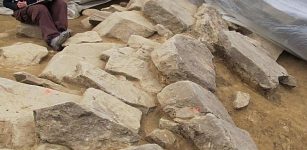 Zyndram’s Hill: Oldest-Known Stone Wall – A Masterpiece Of Architecture Found In Poland
Civilizations | Sep 15, 2015
Zyndram’s Hill: Oldest-Known Stone Wall – A Masterpiece Of Architecture Found In Poland
Civilizations | Sep 15, 2015 -
 Ancient Maps Reveal What Will Happen With Our Climate In The Future – Scientists Say
Archaeology | Oct 12, 2022
Ancient Maps Reveal What Will Happen With Our Climate In The Future – Scientists Say
Archaeology | Oct 12, 2022 -
 Oldest Fossil Human Footprints In North America Confirmed
Archaeology | Oct 6, 2023
Oldest Fossil Human Footprints In North America Confirmed
Archaeology | Oct 6, 2023 -
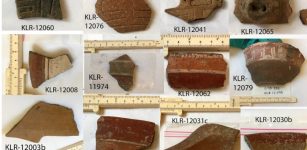 Surprising Diversity Of Ethnic Groups In The US Virgin Islands Before Columbus – New Study
Archaeology | May 18, 2023
Surprising Diversity Of Ethnic Groups In The US Virgin Islands Before Columbus – New Study
Archaeology | May 18, 2023 -
 New Paintings And Details Uncovered In The Egyptian Temple Of Esna
Places | Oct 22, 2024
New Paintings And Details Uncovered In The Egyptian Temple Of Esna
Places | Oct 22, 2024 -
 Who Made The Mysterious Ancient Cave Paintings And Inscriptions In Oklahoma 2,500 Years Ago?
Featured Stories | Jul 23, 2024
Who Made The Mysterious Ancient Cave Paintings And Inscriptions In Oklahoma 2,500 Years Ago?
Featured Stories | Jul 23, 2024 -
 Why Was The Spartan Army So Successful?
Ancient History Facts | Apr 15, 2022
Why Was The Spartan Army So Successful?
Ancient History Facts | Apr 15, 2022 -
 Everyday Life Of A Samurai: Armor, Appearance And Belongingness
Featured Stories | Nov 6, 2018
Everyday Life Of A Samurai: Armor, Appearance And Belongingness
Featured Stories | Nov 6, 2018 -
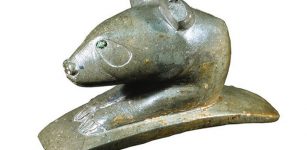 Use Of Tobacco Pipes By Hopewell People Tells A New Story
Archaeology | Jun 28, 2021
Use Of Tobacco Pipes By Hopewell People Tells A New Story
Archaeology | Jun 28, 2021 -
 Priceless 800-Year-Old Treasure Featuring Three Golden Lions Unearthed
Archaeology | Aug 5, 2022
Priceless 800-Year-Old Treasure Featuring Three Golden Lions Unearthed
Archaeology | Aug 5, 2022 -
 1.3-Million-Year-Old Stone Age Axe Discovered In Morocco Pushes Back The Start Sate Of Acheulian Technology In North Africa
Archaeology | Jul 30, 2021
1.3-Million-Year-Old Stone Age Axe Discovered In Morocco Pushes Back The Start Sate Of Acheulian Technology In North Africa
Archaeology | Jul 30, 2021 -
 Puzzling Jewellery From Grave Of High Status Viking Woman Delivered At Museum’s Door
Artifacts | Jul 23, 2022
Puzzling Jewellery From Grave Of High Status Viking Woman Delivered At Museum’s Door
Artifacts | Jul 23, 2022 -
 Mysterious Nine Worlds Of Yggdrasil – The Sacred Tree Of Life In Norse Mythology
Featured Stories | Mar 8, 2017
Mysterious Nine Worlds Of Yggdrasil – The Sacred Tree Of Life In Norse Mythology
Featured Stories | Mar 8, 2017 -
 Gog And Magog Prophecy In The Book Of Revelation
Biblical Mysteries | Oct 11, 2018
Gog And Magog Prophecy In The Book Of Revelation
Biblical Mysteries | Oct 11, 2018 -
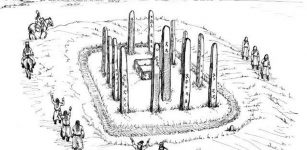 Discovery Of Ancient Sarcophagus And 14 Stone Pillars Covered With Inscriptions In Eastern Mongolia
Archaeology | Dec 22, 2017
Discovery Of Ancient Sarcophagus And 14 Stone Pillars Covered With Inscriptions In Eastern Mongolia
Archaeology | Dec 22, 2017 -
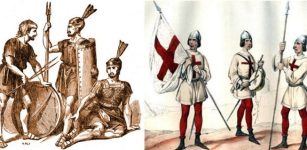 Police Forces That Kept Order In Ancient Streets
Ancient History Facts | Jun 12, 2018
Police Forces That Kept Order In Ancient Streets
Ancient History Facts | Jun 12, 2018

